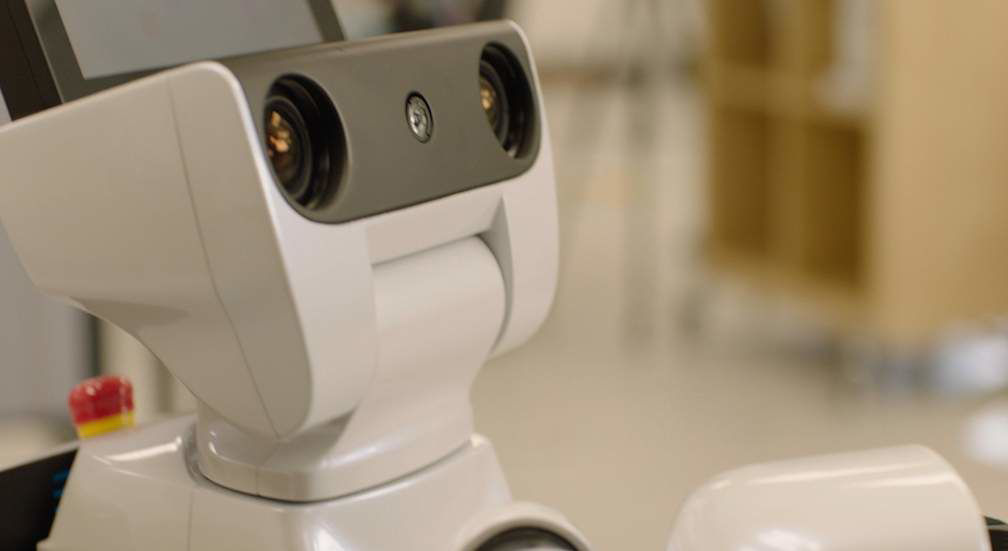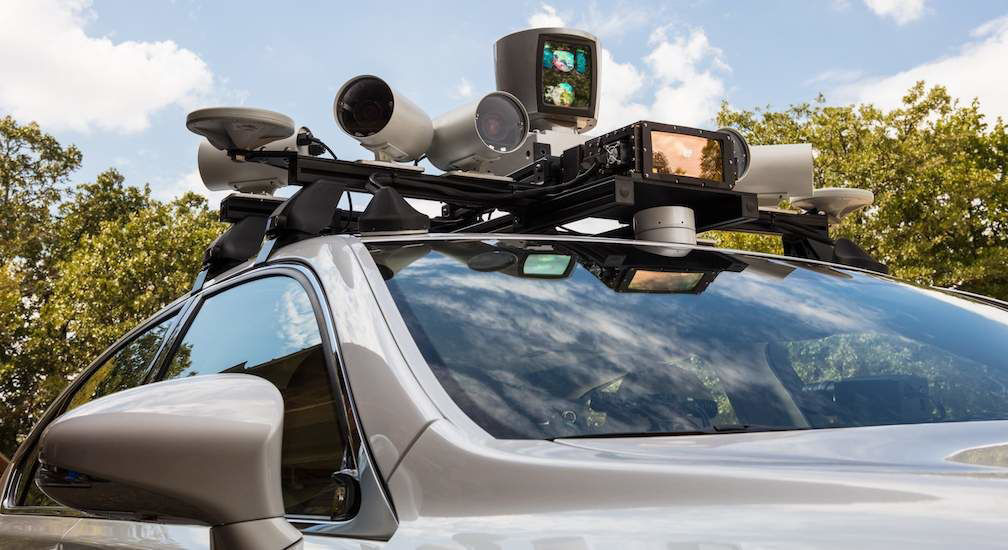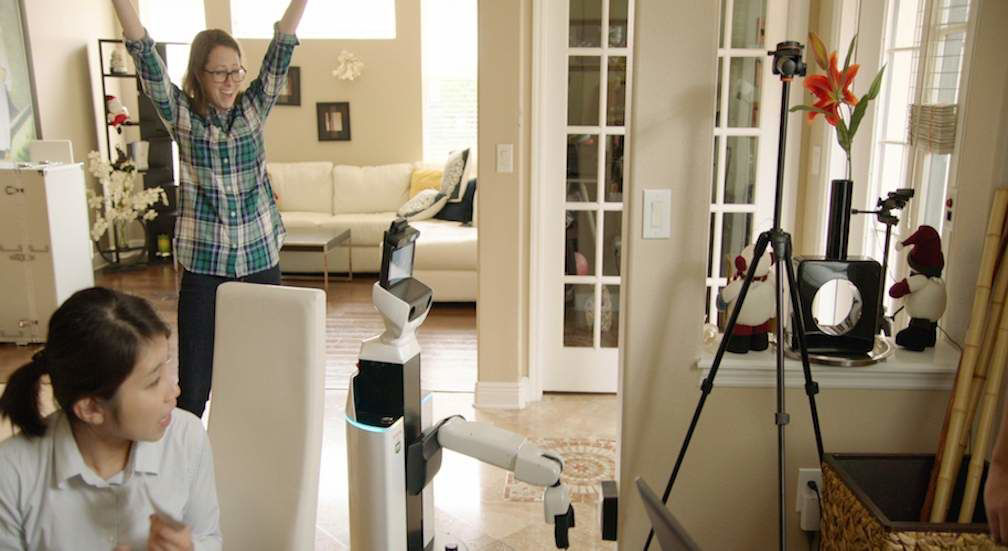Select a province & language
Entrance to this website assumes you have read and agree to these Legal Terms and Conditions and the Privacy Policy.
Entrance to this website assumes you have read and agree to these Legal Terms and Conditions and the Privacy Policy.
The next evolution in technology will change the way we live

Now, 540 million years later, it’s that same ability to perceive that’s giving the world a new Cambrian shift. This time, however, it’s not animals learning to see - it’s machines.
“Right now what is going on in the artificial intelligence world is that we're beginning to make hardware and software that is learning to see,” explained Dr. Gill Pratt, CEO of Toyota Research Institute, at Toyota’s Mobility Summit held in Athens last November.
Leading Toyota’s robotics and artificial intelligence research initiative, Pratt’s mission is to harness breakthroughs in these fields to improve the quality of human life; building safer, more accessible cars and bringing smart technology into the home. Pratt described how giving computers the power to see the world is just like how the evolution of eyes in Cambrian era organisms sparked a whole new era for evolution, one where machines and devices will massively diversify the world around them.

“So we have cars with enough computing inside of them that the car can recognize a person, another car, a bicycle, traffic lights, or different signs on the roads,” said Pratt. “And as soon as we have perception we can begin to imagine adding some smarts inside the car to do all kinds of stuff.”
One such “smart” is Toyota’s Guardian system on its autonomous vehicles. The Guardian concept utilizes a vehicle’s array of cameras and sensors both outside and inside the car to identify hazards on the road and judge whether the driver is going to make a mistake. The Guardian concept can also detect a driver becoming drowsy or distracted, taking over control of the vehicle in such a situation.
Computer researchers have been training machines to perform tasks for decades, but it’s only with developments in research fields such as deep learning—a way of training computers to learn like human beings—that they’re progressed in giving computers the ability to see the world as humans do.
“It's not about the robots and it's not about the cars, it's about people.
It all starts with the millions of images uploaded to the internet; the world’s largest and most comprehensive image database. Like teaching an infant child what a cat is by showing them pictures of one, scientists are teaching computers to identity faces and objects by showing them millions of images.
“So because of all the pictures that so many of us take and put up on the internet, up on the cloud, and Facebook and other websites, we've gotten this huge amount of data to train software into how to perceive the world,” explained Pratt.
For the Toyota Research Institute, this Cambrian explosion of possibilities heralded by computer vision is informing and shaping the company’s present and future mobility products. The company’s Human Support Robot (HSR) comes loaded with object recognition algorithms that allow it to understand the world around it, enabling it to search for and determine the size and shape of items it’s tasked to retrieve. For users with impaired mobility, this kind of functionality brings a kind of mobility assistance never seen before.

And on the roads, Toyota’s autonomous vehicles projects like the Platform 3.0 vehicle equipped with camera arrays, LIDAR, and radar, are not only striving to make the roads safer by aiding drivers in identifying possible dangers, but are opening the door to mobility solutions for anyone, regardless of their physical abilities.
Discussing Toyota’s vision in Athens alongside Dr Gill Pratt, Didier Leroy, Chairman of Toyota Motor Europe, said, “You hear a lot about autonomous cars, and autonomy in robots. It's not about the robots and it's not about the cars, it's about people. How can we as a company improve the autonomy of human beings?
As artificially intelligent robots and cars with the ability to see enter our homes and workplaces, and take to our roads, a new era of mobility is opening before us. “Our goal is to make the world a better place and mobility is a key concept for us,” said Leroy. “Mobility turns into autonomy, which turns into dignity.”